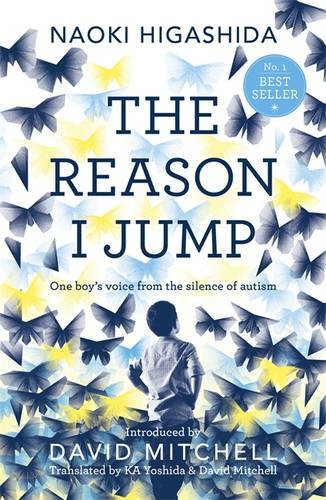
Not only do Mitchell’s novels reflect a near-pathological obsession with puzzle-solving and the space-time between people, but he and his wife KA have an autistic child of their own.

Higashida was part author and part codebreaker, which helps to explain why he and his book attracted the attention of “Cloud Atlas” writer David Mitchell.

The bridge assumed the form of a book titled “ The Reason I Jump,” and, like all bridges, it called attention to the gaps that it was hoping to cross: The gap between what Higashida thinks and what he’s able to convey the gap between a nonspeaking autistic child and their parents the gap between reductive misconceptions about the autism spectrum and the infinite constellation of human experience that such a spectrum actually represents. The book may bring deep comfort to people who have autistic children, and be intensely inspiring to a general public, but if it is based on pure deception it is unclear how one must handle it.In 2007, a 13-year-old Japanese boy named Higashida Naoki - with the help of the alphabet board his mother created to help her son communicate his thoughts - built a desperately needed bridge between a nonspeaking autistic mind and the neurotypical world that has long struggled to understand them and too often neglected to try. There is a distinct possibility that it was not written by Naoki Higashida and does not in any way describe the mind of a severely autistic boy. Does anyone have details on how the book "The Reason I Jump" was written? BBC Radio 4 says "The author is diagnosed with autism and speech continues to be difficult for him, so he 'typed' the book by pointing to letters on a cardboard alphabet grid when he was only 13 years old." If this was the usual ( ) the book would be highly dubious.


 0 kommentar(er)
0 kommentar(er)
